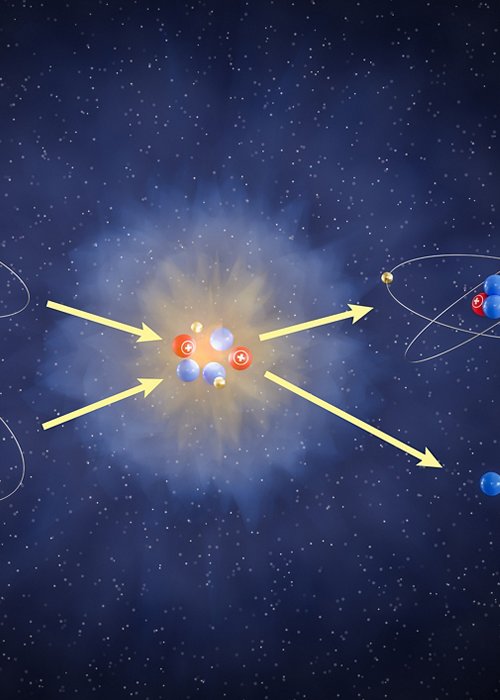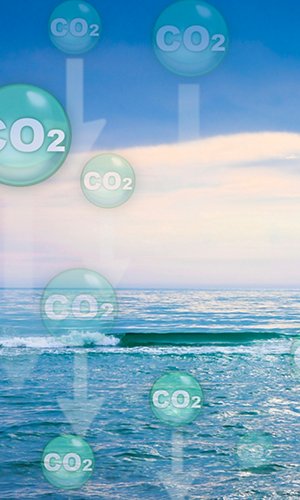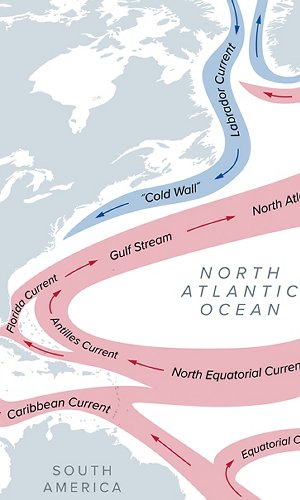On 20 January 2025, we witnessed a symbolic milestone in the development of energy sources: the EAST (Experimental Advanced Superconducting Tokamak) nuclear fusion reactor, built in China, maintained a stable confined plasma state for 1,066 seconds (around 18 minutes), surpassing its previous record of 403 seconds (just under 7 minutes). In order to fully understand the importance of such an achievement, it is worth delving into this method of energy production, the physical and engineering challenges it poses, and the ones already overcome to reach this milestone.
The physical process of nuclear fusion is the same that powers the stars (hence the nickname “Artificial Sun”): two light atoms, specifically deuterium and tritium (isotopes of hydrogen with one and two neutrons respectively), fuse into a single helium atom, releasing a free neutron (2H + 3H -> 4He + n). However, the total mass of the products is slightly lower than that of the reactants: the “lost” mass has been converted into energy, in accordance with Einstein’s equation E=mc². Since we cannot artificially recreate the pressure conditions found in the core of stars, atoms must be provided with extremely high amounts of energy in order to overcome the repulsive forces between positively charged nuclei. It is therefore necessary to keep the hydrogen at temperatures close to 100 million kelvin, in a plasma state. Naturally, no physical container is capable of holding matter at such high temperatures, which is why several confinement mechanisms have been devised. One of them is inertial confinement, which uses laser beams to compress the plasma, preventing it from expanding uncontrollably.
To date, however, the most promising system is magnetic confinement, made possible by structures called Tokamaks (a Russian acronym for “toroidal chamber with magnetic coils”), toroidal-shaped reactors (“doughnut-shaped”) wrapped in metal coils, with a solenoid at the centre, that is, a conductor wound into circular coils. By running an electric current through the toroidal coils and the solenoid, it is possible to generate respectively a toroidal field, which follows the circumference of the torus and maintains the direction of the plasma flow, and a poloidal field, which ensures the stability of the trajectories and prevents plasma rollover phenomena, that is, stability losses at the outer edges which can cause some particles to escape confinement.
The energy released by nuclear fusion reactions appears mainly in the form of gamma radiation and kinetic energy of the neutrons. The latter, not interacting with electromagnetic fields, escape confinement and are received by an outer layer called the blanket, which absorbs heat and transfers it to the heat transfer fluid flowing through it. At this point, the movement of the fluid carrying kinetic energy drives a turbine connected to an electric generator. The blanket also plays a role in another process, although still under development. This is known as tritium breeding: the free neutron produced during fusion can interact with the lithium present in the blanket, generating tritium (n + 6Li -> 4He + 3H), thus ensuring the reactor’s self-sufficiency in fuel production. In fact, while deuterium is abundantly present in seawater and can be easily extracted, tritium is particularly rare in nature, as it is a radioactive and therefore unstable isotope. Nuclear fusion is an extremely advantageous resource from many perspectives, whether one considers raw material cost and availability, energy capacity, or environmental impact; however, there are just as many practical challenges in designing, building and eventually using reactors. The most obvious difficulties are related to the energy required to control the temperature of the hydrogen and to keep the magnetic fields active, which is still far from being offset by the energy produced in the reactor. In addition, energy losses due to plasma turbulence and fluctuations, as well as the erosion of materials caused by interactions with the reactor walls, make it extremely difficult to maintain confinement stability. For this reason, an improvement in the maximum operating time such as the one just recorded is to be considered a significant milestone in the development of thermonuclear reactors.
Tilli Edoardo and Cai Ivan, 4°LF - Liceo Scientifico delle Scienze Applicate Ettore Conti





